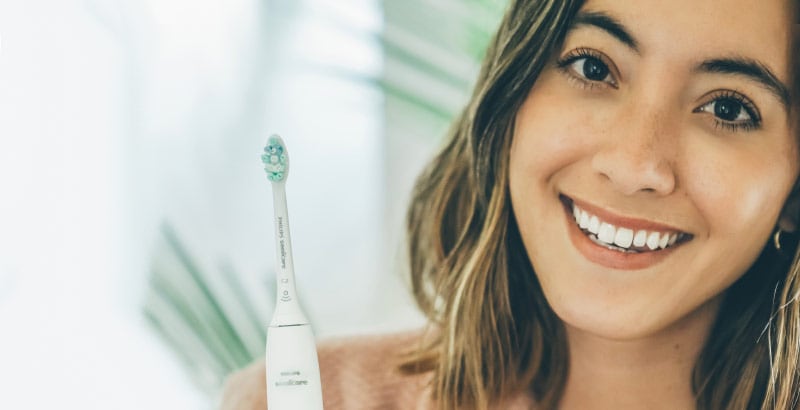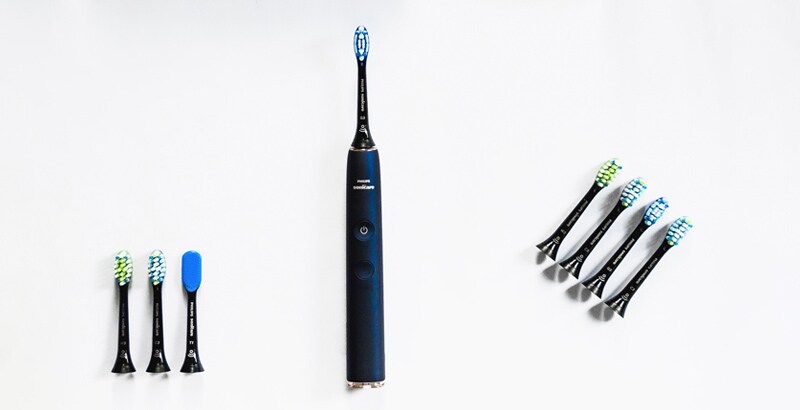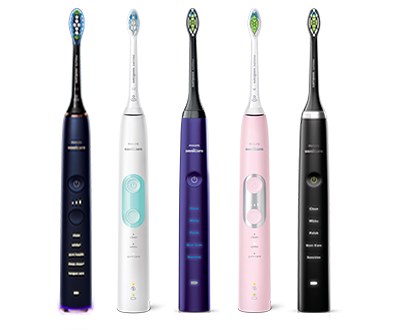You’ve likely heard your dentist say that the key to a clean, healthy mouth is brushing 2 times per day, for 2 minutes per brushing. However, you may not have heard that there are actually good brushing techniques and bad brushing techniques that can really make or break the quality of your brushing, and ultimately the outcome of your overall oral health. For instance, did you know that you don’t need to (and shouldn’t) add much pressure to your brushing? There is a common misconception that pressing harder will remove more plaque, but in reality, brush head bristles are designed to reach between your teeth, and pressing too hard actually mashes them, rendering them incapable of doing their intended job. Not only that, but added pressure can cause some serious gum irritation and soreness. Similarly, vigorous scrubbing can lead to some bad outcomes, as well. For more information about good brushing technique (and bad brushing technique), keep reading. Your mouth will surely thank you.
7 min. read
Sure, cavities and gingivitis will result from a lack of proper brushing your teeth, but there are some issues that can be caused by improper bushing technique (no matter how diligent you may be). Here are 3 key rules for brushing your teeth safely and completely: Rule 1: Do not scrub! You’ve probably been using the scrubbing method your whole life, and this is a hard habit to kick. Aggressive scrubbing, though, can cause uncomfortable gum irritation and even permanent damage. Instead, use a short, soft back and forth motion, letting the bristles do most of the work for you. Rule 2: Less pressure actually cleans better. This may seem counterintuitive, but mashing the brush head against your teeth and gums prevents the bristles from sweeping away the plaque in between your teeth, causing more plaque to build up. *Tip: While brushing, try holding your toothbrush with just your fingertips. This will help eliminate that impulse to press too hard. Rule 3: Brush for at least 2 full minutes.
On average, people only brush their teeth for 45-70 seconds. This is not enough time to successfully cover all areas of your mouth. Lack of coverage means that plaque has the time and space to build up, especially in consistently missed areas. Use a timer if you’re unable to keep track -- 2 minutes is the magic number.
Dentists generally agree that electric toothbrushes are tougher on plaque and gentler on gums than manual toothbrushes. At 62,000 brush movements per minute, the cleaning your mouth receives from just a single 2-minute brushing session with a Sonicare brand electric toothbrush is the equivalent of 1 month of manual brushing. No joke.

Whether you're brand new to using an electric toothbrush or a seasoned professional, it’s a great idea to review the proper way to hold your electric brush. For best (and safest) brushing results, keep in mind that electric toothbrushes do not require a firm grip. In fact, the opposite is true. Hold the handle of your electric toothbrush with just your fingertips. This may feel strange at first, but the lack of tension in your hand will actually help to prevent scrubbing and the application of too much pressure while you brush. Remember, the electric toothbrush is designed to do all the hard work for you. No labor required. Once you’ve mastered the fingertip-hold, gently place the brush head bristles against your gumline, holding the brush head at a 45-degree angle, with the bristles pointed upward for top teeth and downward for bottom teeth -- think about the edge of the bristles running along the edge of your gumline. By holding the brush this way, you are able to clean your gums and teeth at the same time. As discussed, it’s very important that you never scrub your teeth and gums with an electric toothbrush.


HX6877/29
Whiter teeth. Gently does it.
Feel the difference of a gentle clean with our Pressure Sensor while whitening your teeth in 1 week.
See all benefitsAvailable in:
When you're in correct position, give the Sonicare 'Slide 'n Glide' a try. Try this: Imagine you're playing the violin, and slowly slide the bristles along the entire length of three or four of your teeth. When you reach the end that section, glide back to the beginning. Repeat on just those teeth for 10-15 seconds. The Slide 'n Glide satisfies the impulse to move your hand, but gives you a far more complete (and gentle) cleaning. *Note: There are 6 sections of teeth in your mouth (3 on top, 3 on bottom). After you have thoroughly brushed the first section, continue on to cover the front and back of the remaining 5 sections. Remember, your movements (like playing a violin) should be soft and rhythmic. No scrubbing. No pressure.

Obviously, regular brushing and flossing (or interdental cleaning) is the ideal way to improve and maintain your oral health. Consistently brushing twice per day for at least 2 minutes per session will greatly reduce the amount of plaque that's able to grow in your mouth, preventing bigger issues, like tartar and periodontal disease from occurring. Maintenance of your brush heads, though, is also crucial to your oral care success. New brush head bristles point in the same direction and are cut to precise lengths to reach between your teeth. Used bristles, though, fray and break with wear, becoming unable to do their job. Since plaque builds up where ever you let it, continuing to use an expired brush head increases the risk of inconsistent brushing. For the most effective brushing, replace your brush head every 3 months.

You are about to visit a Philips global content page
Continue
